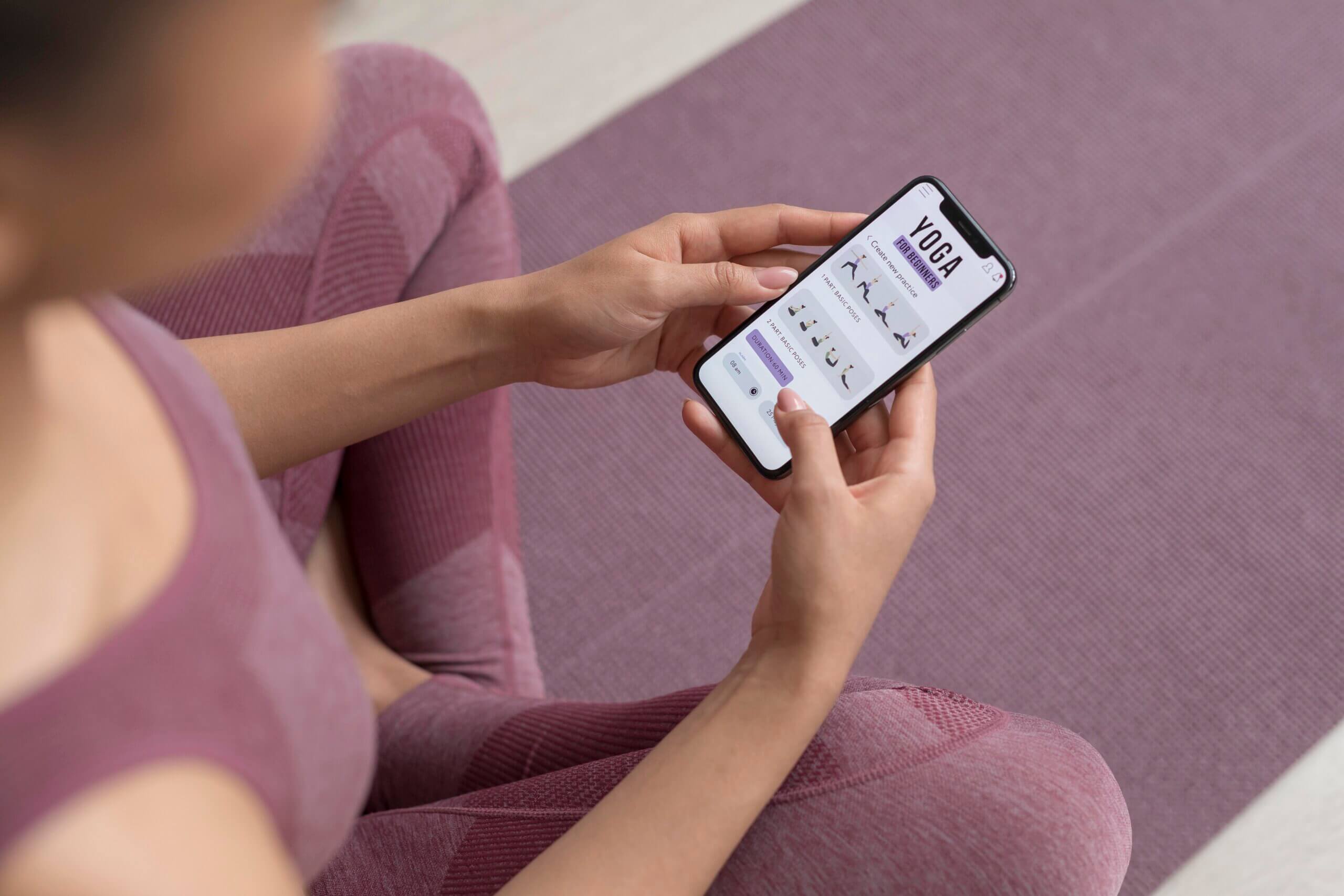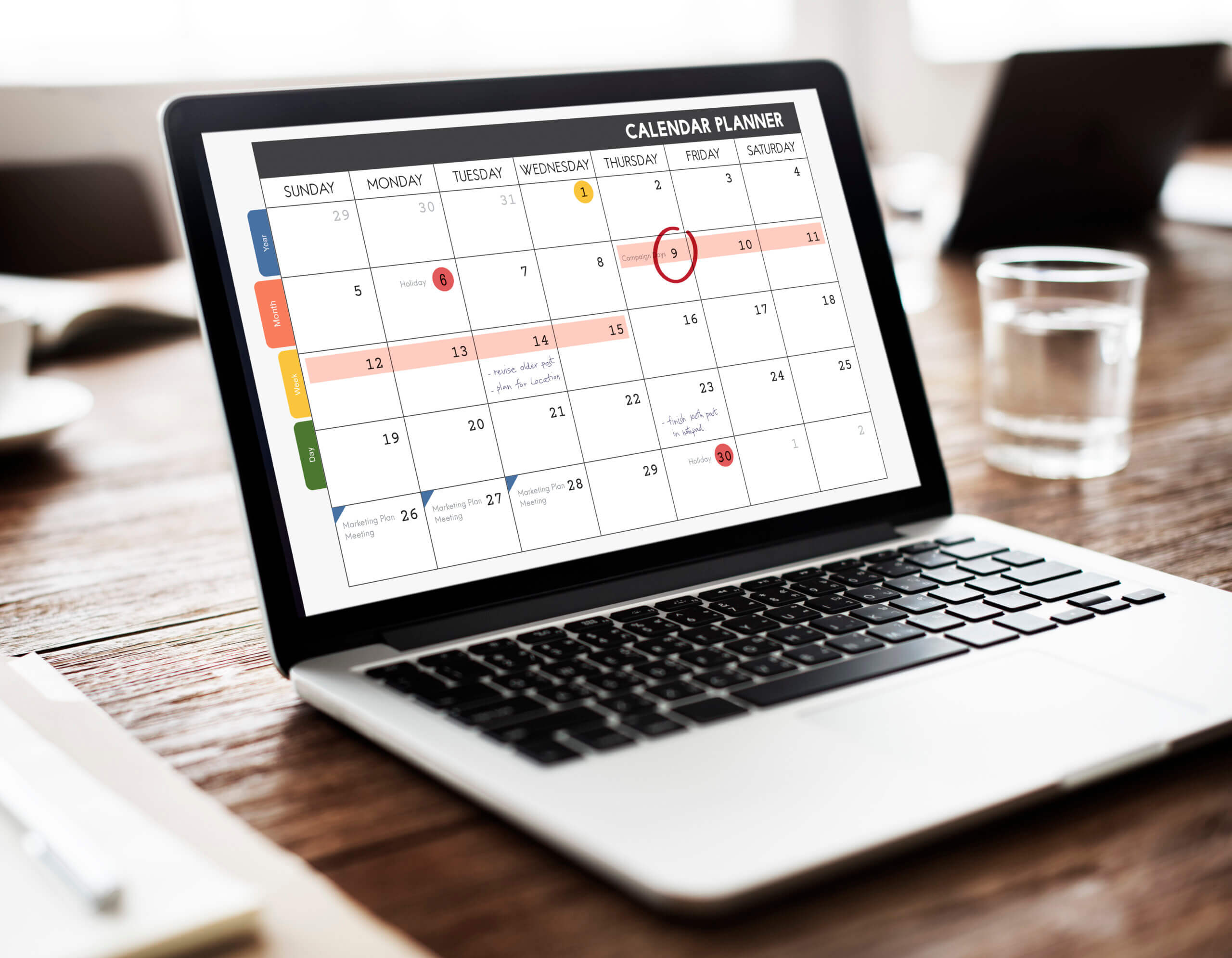An average office worker receives roughly 121 emails per day.
Considering that, in most cases, their work responsibilities aren’t limited to reading and responding to these messages, it’s hardly surprising that many emails get ignored. And if you target someone from the busy management, you are even less likely to get through.
You may offer the best idea ever, but if you can’t get the decision-makers to open your email, you will unlikely to convince them. And if you have a request, you may forget about even a chance to present your case.
Unless you know how to stand out from the crowd with your message.
Below, I list some surprisingly simple ways to increase your chances of being heard. If you know how to write and structure your email, get someone’s attention with a catchy subject line, or find connections between you and your recipient, you will be way more likely to get a busy person to respond and engage in a conversation.
12 Actionable Tips To Write Exciting Emails That People Reply To
1. Start with a catchy subject line
To get a busy person’s attention, no matter whether they work at an insurance company, government relations agency, or a retailer, you need to make them open your email. The subject line can help a little if you want to be noticed. It can also be the one thing that gets you deleted from their inbox with just a click.
A good subject line is a tricky thing. On the one hand, you need it to be clear and informative so that people know what the email is about; on the other – you need to make it as catchy as possible so that people open it, even if they are busy. To get it right, you also need to consider the recipient.
If you send an email to someone who knows you well, you can be more creative and cheeky with the subject line. If you are trying to catch the attention of someone who doesn’t know you, your best bet is to be direct and specific.
For example, “I need your feedback on something” has a much better chance of getting opened than ‘Hi.’ The problem with the latter is that it’s too generic, and it doesn’t indicate what the email is about. Or, if you are sending a document, consider including the file name in the subject line.
For example, “Sent documents through fax online – please review ASAP.”
2. Keep it short and concise
If you want to get a busy person to respond to your email, don’t make them spend more time than necessary reading it. That’s why it’s crucial not to ramble on when writing an email message – keep your message short and concise. This is one of the most important email marketing best practices.
To achieve this, try cutting your email into pieces and then structure it to make sense. Use bullet points, bolding, and underlining to break up the information. Make it easy to scan briefly. If you need to convey more, e.g., when providing a detailed report, include the most important points in a summary at the beginning of your email and then expand on it as needed.
Moreover, long messages are not only time-consuming to read and comprehend, but they can simply seem overwhelming at first glance. The recipient may assume that they would need more time to respond so that they may postpone it for a later date.
3. Make it easy for people to respond
If you’ve already managed to grab your reader’s attention with your subject line, make it as easy as possible for them to respond. If you want to know anything, in particular, tell them precisely what you want them to do – ask a direct question or give them the opportunity to respond with a short message.
For example, “If you have a few minutes to look at the new strategy, I’d really appreciate it,” or “If you can take a quick look at my suggestions, I’d be grateful.”
If you are sending a document, tell them what they can do with it and ask them to get back to you.
For example, “I’ve attached the presentation on our new strategy. Let’s chat after you’ve had a chance to review it.”
4. Use proper grammar and spelling
Again – this is especially important if you don’t know the person on the other end of the line. Make sure your message is clear and easy to understand. Also, try to avoid sentences that are too long. The simpler and shorter your message is, the easier it will be for the recipient to understand – and the quicker they will be able to respond. Thus, by using slides templates for Google Slides you can create consistent messaging and save time when preparing your messages.
Consider hiring a copy editor who will carefully check your spelling and grammar before sending a message to a non-native speaker. Even though they may understand your message in general terms, they may struggle with some words and phrases used.
5. Connect with recipients personally or professionally
Analyze the portait of the person or organization you are targeting with your message. Do they have any kind of social media presence? What are they interested in? Try to find some connections between yourself and the recipient.
You can start by checking their LinkedIn profile. If you have a common professional interest, mention it in your email. If both of you are part of an association or a network, it’s not a wrong angle as well.
For example, if you are sending an email to someone who is a partner in a project, mention the progress you have made so far.
Or, if you are pitching an idea to someone, write that you have been following their work for some time and admire their achievements.
However, be careful not to come off as too intrusive, as it’s possible that your efforts could backfire.
6. Avoid group and generic emails
Unless it’s necessary to include a group of people, try to make your email personal and send each individually.
For example, if you are sending an email to the committee members, and you need all of them to approve something, then it’s okay to send a group email.
However, if your goal is to brainstorm new ideas or get feedback on a project, it’s better to send an individual message.
Avoid using “Dear Sir/Madam,” “To whom it may concern,” or “Team” in your subject line, as it’s too generic and impersonal.
Also, don’t forget to mention the reason for your email in the first sentence.
7. Include a clear call-to-action (if needed)
If you are sending an email that requires a response, it’s better to make it clear right away. Depending on the message and the recipient, you may want to include a call-to-action (CTA) and explain how to respond.
What is a call-to-action? It’s an instruction to your recipient on what to do next.
For example, “Review my presentation on the new strategy ASAP.”
Or “Please provide your thoughts on the revised plan by Thursday.”
If you don’t want to be too blunt, you can try to make your request sound like a question, but keep it short and friendly.
For example, “Could you look over this proposal? I’d really appreciate your feedback.”
In general, you should always include a call-to-action in any email, unless you want to say something like “I just wanted to keep you informed that…”
8. Determine the best time to send the email
The best time to hit the send button is at the beginning of a workday, as a rule of thumb. The main reason is that people tend to check their emails in the morning before they immerse themselves in work. It means that when you have something important to convey, they are more likely to pay attention if they find it at the top of their inbox.
Don’t forget to consider the time zone, though. If you are sending an email to someone in another country, make sure you know when they start working. If it’s outside of your working hours, you can use an email scheduling tool; it might also come in handy if you send a lot of emails during the day, as it will help you schedule them for the optimal time.
9. Don’t hesitate to follow up
If you think your email was ignored, you may want to follow up with a gentle nudge. There are times when people are just too busy to respond to every message they receive. And if you don’t get a response, it doesn’t mean that your idea is bad or you were ignored. It could also signify how overloaded the recipient is with work.
Depending on how urgent your message is, once you send an email and there is no response, wait a day or two, and then send another. It may be enough to get their attention, and it will show that you are determined to go the distance to get your message across. They might reconsider if they are even remotely interested in what you have to say or offer.
10. Be respectful, polite, and kind
This may seem like a no-brainer, but if you want to get a response from anyone, your email needs to be respectful and polite, even if you are frustrated with how long it takes to respond or know that they ignored your request.
You are more likely to get a response from a busy person if you approach them with respect and always stick to the rules of common courtesy. Especially if the request you have isn’t easy for them to agree to, be kind in your email. This can go a long way, showing that you respect them and their time.
Also, even though you might be excited about your idea, avoid being pushy. It’s better to ask nicely than to appear desperate and demanding.
Another thing you need to watch out for is the tone of your email. It should be formal, but not too formal. You can always add a little bit of personality to make the email sound less generic and bland.
11. Avoid using jargons and ‘big words’
There’s nothing wrong with being smart and using big words – we’re all for it. If you use words that the recipient doesn’t understand, your message will go over their heads and be completely pointless. You also want to avoid using jargon and abbreviations, as they may make your message confusing.
Of course, the language you use will depend on the recipient; that’s why it’s essential for you to know who you’re writing to. An email to a fellow specialist will look entirely different from one to a CEO, an accountant, or a salesperson.
If you are unsure about your recipient’s educational background, it’s a good idea to stick to simple words and phrases unless it’s necessary to the content of your message.
12. Give people the option to take the conversation offline
Emails may not be suitable for every type of conversation. If you have something that requires a more detailed discussion, brainstorming, or a presentation of the ideas, you do need to make it possible for your recipient to take the conversation offline.
This means giving them an option to respond with a phone call or a meeting (either a video conference or an in-person one).
Conclusion
No matter what you do, it’s impossible to get all of your emails responded to, but if you use some or all of the tips above, you will be more likely to get people engaged and respond.
Catching the attention of a busy person is not an easy task. However, if you know how to write your message in the right way and use the proper techniques, you will be able to initiate a productive conversation.
Contact ReVerb to get assistance in creating emails that deliver exceptional open and response rates! We’ll help you make up the letters which are direct, concise, and personal, with exciting subject lines.
The result – you’ll connect with your recipients and get their response to your messages!
Author Bio

Natalia Kolkowska is a linguist and content writer fascinated by people, the modern world, and personal development. Apart from writing, she’s constantly learning new things, sharing her thoughts and experiences with others.





